
Transforming Analytics to Drive Your Business Forward Towards Industry 4.0
Manufacturing organizations are implementing more analytics capabilities than ever before with the hopes of leveraging insights from their machines, people, and processes to drive positive outcomes that ultimately drive revenues. Unfortunately, simply connecting your machines, extracting that data, and then hoping for the best will set you up to fail.
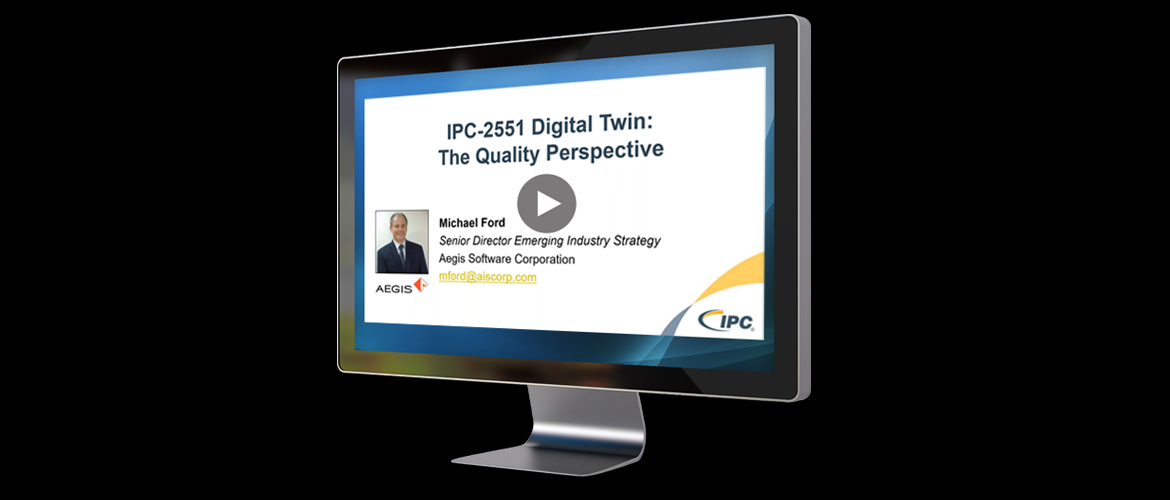
The IPC Digital Twin: The Quality Perspective
Any piece of manufacturing software has within it, an element of a digital twin. This has always been the case, as computer applications by definition, work with data that represents physical things or events, using the data to perform tasks which after computation, influence the physical world. The limitation of any digital twin solution in the market therefore, is exactly the same as for a computerized solution. The better the data, the better the capability and the result.

The Value of Data is Much More Than Just Analysis
Today too many companies are focused on the acquisition of data in the hopes that the data will create value. Industry 4.0 examines more than the simple internal machine stoppages. Industry 4.0 is focused on the analysis of time intervals in which there is zero data because the equipment or process is not actually working.
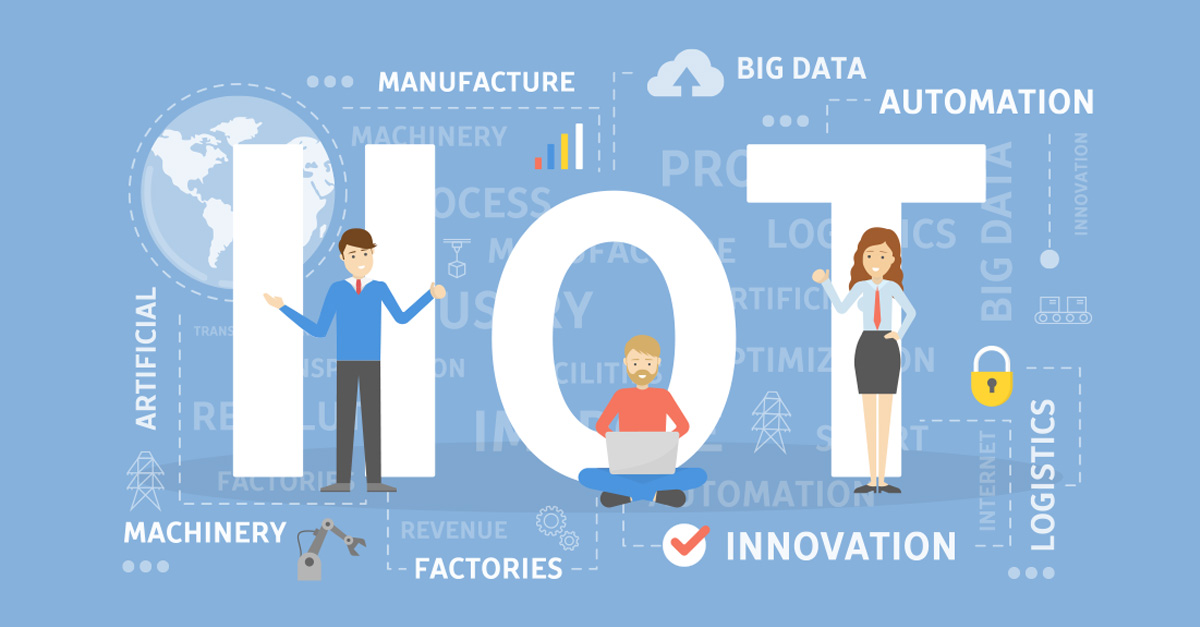
The CFX & FactoryLogix Advantage
For anyone currently considering investment in a modern digital manufacturing solution, inclusive of any form of discrete assembly manufacturing, it is imperative that expectations and requirements are redefined in the light of this new IIoT.

Software or Ransomware? MES Evaluation to go Digital
Many software systems in use in manufacturing today are holding the business to ransom. Well-meaning, mainly internally developed software utilities, have established a critical dependency on themselves.

2018 – The Year Of IoT Digitalization
This time last year, many people, including myself, were confident that 2017 would be the year of shop-floor IoT communication. While progress has been strong, 2018 looks more realistic for practical application of IoT in manufacturing.

How a Manufacturer Used MES Automation for Quality and Compliance
Manufacturers face critical demands to uphold regulatory compliance while driving customer value. Moving from a manual tracking system to an automated MES offers quality control and the flexibility to respond to changes in real time.

What’s Next for Manufacturing with Augmented Reality, Artificial Intelligence and Industry 4.0?
Aegis CEO Jason Spera sits down with SCOOPTalk’s Kim Sauer to discuss how AR and AI fit within the Industry 4.0 road map, and how AR and AI might enable humans to make sense of ̶ and manage ̶ tomorrow’s truly ‘Big Data’ in the factory.
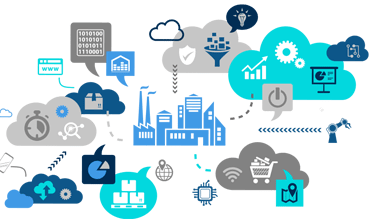
Top Manufacturing Industry Trends for 2017
As we look back on 2016, it’s only natural to reflect on what’s ahead for global manufacturing in the coming year. Let’s take a look at the top manufacturing trends for 2017.

Five Things to Consider Before Selecting a MES Provider
Before you invest in a Manufacturing Execution System (MES) for your facility, you need to consider how easily and efficiently it will be deployed throughout your operation, and what the long-term relationship with your vendor will be like.

MES Embracing IIoT Analytics Remains Hottest IIoT Space
The #MondayMusings blog series provides executive level insights and analysis for the Industrial Internet of Things (IIoT) and Digital Transformation from the previous week’s briefings, events, and publications @LNSResearch.
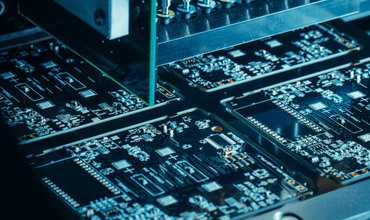
Electronic Manufacturing Embraces IoM at APEX 2016
Last week in Las Vegas the electronics industry gathered to explore the latest developments, while there were the usual growths as products are getting faster, more efficient and cheaper, there was little revolution except in IoM.

Will 2016 be the year that IoT really impacts upon the electronic manufacturing supply chain?
The first industrial revolution was built on machines lubricated by oil, the current revolution is built on computers lubricated by data.
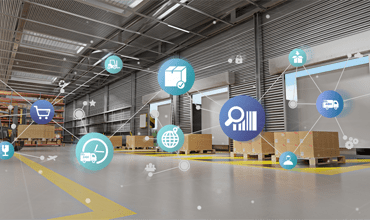
IoT Solutions for Manufacturing and the Supply Chain
Trends around IoM (Internet of Manufacturing) and Industry 4.0 are all largely focused on operations but where does the potential lie for big data within the supply chain?

IoT, community and content at the centre of CES
I’m back in San Jose after CES and thought I’d put down a few thoughts on this year’s exhibition floor, keynotes and presentations.

Benefits of Big Data in Manufacturing and Traceability
Taking a big data approach is a change of mindset. In real terms it is all about viewing big data as the means to drive manufacturing excellence through an entire workflow, where traceability becomes a valuable byproduct rather than a cost.

Key Requirements of a Manufacturing Operations Management Solution
When a manufacturing enterprise adopts a Manufacturing Operations Management (MOM) system capable of managing the entire scope of operations, traceability is no longer something an enterprise strives to achieve, it is a byproduct…

Supply Chain Traceability for Wearables
Since the start of the year and my visit to CES (Consumer Electronics Show) in Las Vegas I, along with most of the industry, have been talking about this new sector and the potential it holds.
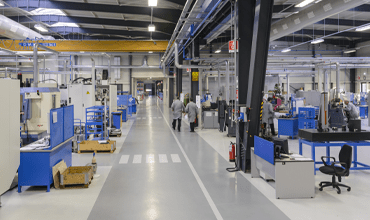
Manufacturing Job Trends for 2015
Remember a few years ago when geek became chic? No, me neither, but apparently it did, and programmers became cool and among the best paid people in Silicon Valley.

What are the Top IoM Benefits?
What is the Internet of Manufacturing (IoM) and why should we care about it?

Creating a Smarter Factory Through Factory Process Improvements
Customisation has thus far always been the prerogative of a select few involving a time-intensive process with a complex, fragmented and costly supply chain.




